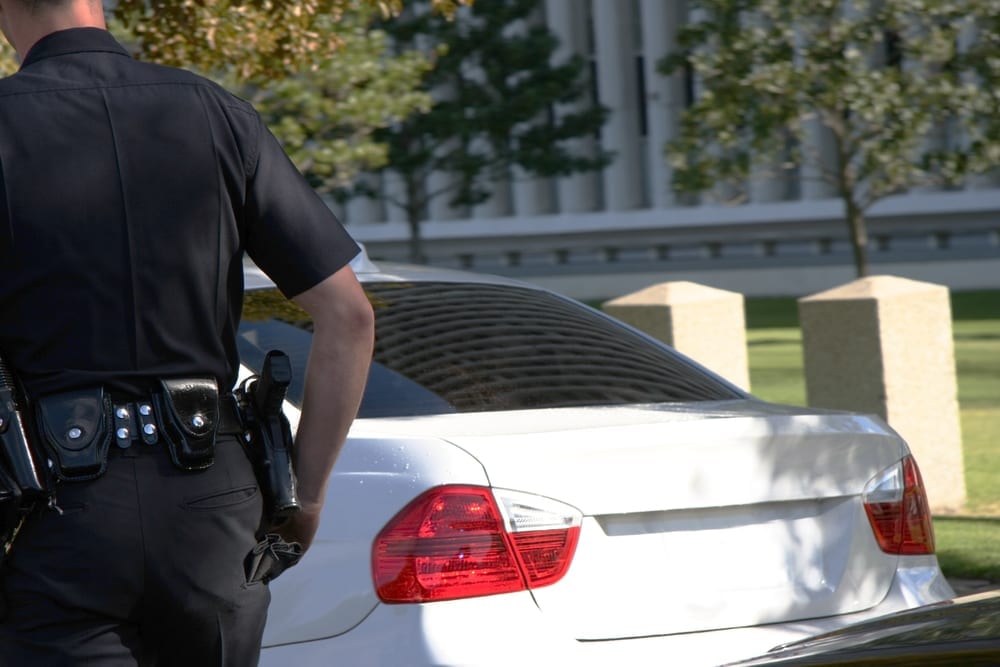Suburban towns usually have more traffic stops than urban centers, said Ken Barone, a project manager at the Institute for Municipal and Regional Policy at Central Connecticut State University.
“It simply because of the needs in the department. In cities like New London there is a significantly higher call volume, so officers do not have the time to do traffic enforcement,” said Barone who has managed Connecticut’s traffic stop data for seven years. “The other thing is leadership, some police chiefs hammer on traffic enforcement.”
During a ride along in July, Officer Kevin Roche of the Old Lyme police department explained how the largest difference between his 29 years in Old Saybrook and his time in Old Lyme was the emphasis put on traffic stops.
“You’ll always see more police cars out in Old Saybrook,” Roche said. “It was part of how we were judged on our performance.”
Although departments are not allowed to give officers ticket quotas, some departments do use benchmarks, for example two traffic stops per shift, to evaluate officer activity levels, Barone said.
“Driving from one community to another can be totally different,” Barone said. “The culture of the department can change everything.”
The differences can be cultural – such as evaluations based on benchmarks – or it can be as simple as a department having lasers to monitor speeding or equipment to read non-registered license plates. The size of the police department can also make a difference. More officers in a small suburban town like Old Saybrook will result in many more stops compared to towns that use the resident state trooper system.
The Institute for Municipal and Regional Policy began collecting traffic stop data in 2013 as part of a continued effort to prohibit racial profiling. The database not only keeps track of the reason for and location of traffic stops, but the race of the individual who was stopped. When statistically significant disparities between races appear Barone schedules a meeting with the department to discuss.
“Wethersfield is the prime example. It is the only department that’s been identified each year with significant disparities,” Barone said.
In southeastern Connecticut, state Troop F based in Westbrook and serving Essex, Deep River, Chester and Old Lyme among others was flagged for racial disparities in 2013-14 as well as 2014-15.
“Troop F has come up before with significant disparities in their search data. They were disproportionately searching minority drivers in 2013/2014 and 14/15,” Barone said. “It was consent searches that were the problem. Cases when officers did not have probable cause but asked if they could search anyway.”
In 2015, Barone met with Troop F and engaged them in a conversation about the ineffective nature of these searches.
“We engage them in a conversation about what is working and what isn’t and leave it up to them as to how to continue,” Barone said. “These searches weren’t leading to any contraband being found. It was as simple as going back to the people on the road and telling them to only search when there is probable cause.”
On the whole, Barone said southeastern Connecticut is not where most of the disparities have been found – the focus is in Hartford, New Haven and Bridgeport’s suburbs.

